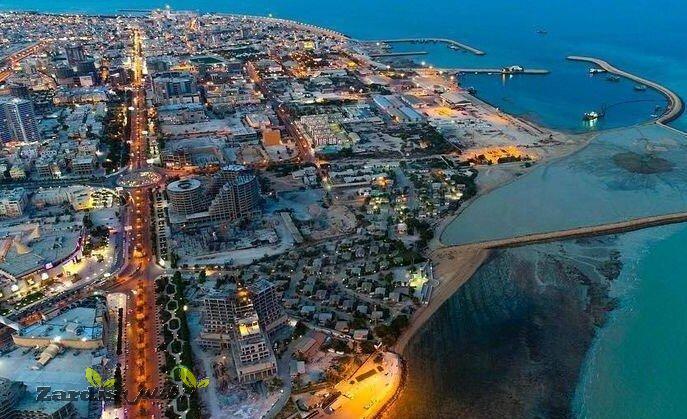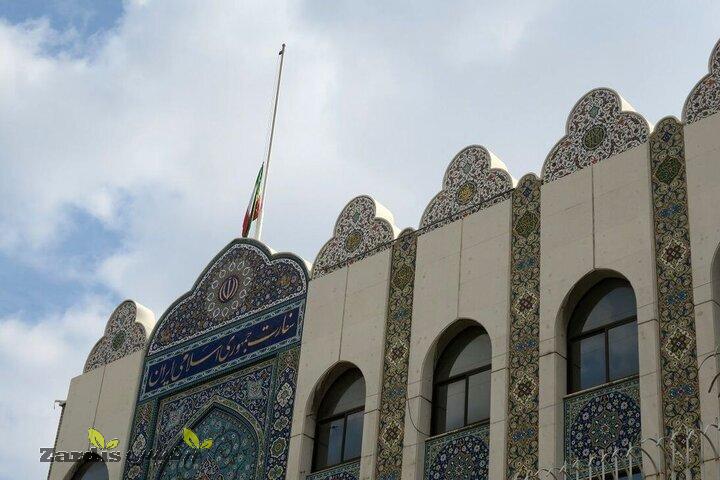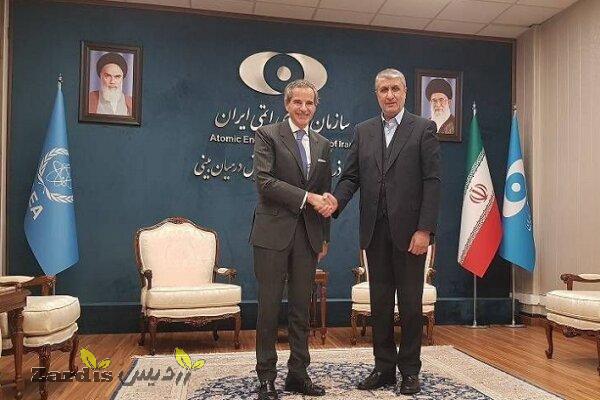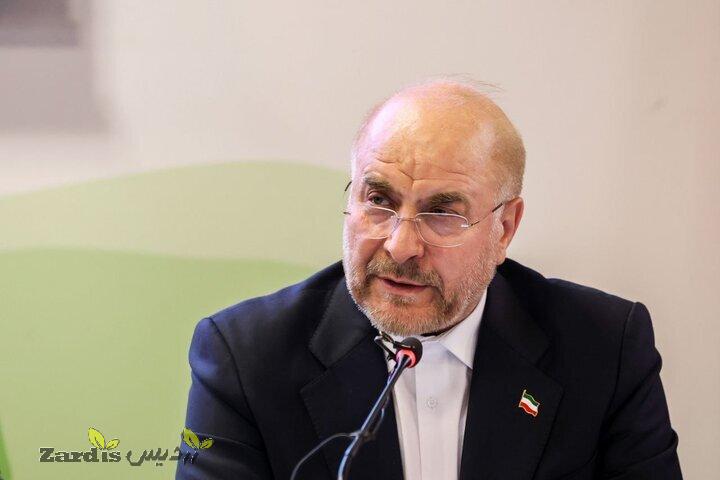TEHRAN – The Secretary of Iranian Free Zones High Council Hamidreza Mo’meni said the trade balance of the country’s free and special economic zones has been positive in the past two years despite the negative balance of the country’s foreign trade.
Mo’meni made the remarks in a meeting with the deputies and managers of Imam Khomeini Airport City (IKAC) on Thursday, IRNA reported.
Today, the free zones are in a good condition trade as wise and positive development measures have been taken which have led to significant growth in these zones, the official said.
He further announced the establishment of a finance council in the Iranian Free Zones High Council, saying that soon advisory groups will be sent to all of the country’s free zones and the zones can access sustainable financial resources for implementing new development programs.
According to the official, the country’s free and economic zones should become more productive in order to be able to fund their own development projects in the future.
Mentioning the trade advantages of IKAC as a free zone, Mo’meni said IKAC can benefit from the experience of other free zones across the country in order to maximize its capacities.
Earlier this month, Mo’meni had said that removing the problems of the private sector active in the country’s free and economic zones is the new approach of this council.
The development of free trade zones and special economic zones through production, exports, and investment is one of the goals of creating these zones in the country.
To achieve this target, different measures were taken in the past two years, such as attracting innovative and technological units to these areas and introducing investment opportunities and advantages in these zones.
The establishment of free trade zones in Iran dates back to the Iranian calendar year 1368 (March 1989- March 1990) following the fall in the country’s oil income in the preceding year which prompted the government to promote non-oil exports.
The first two free trade zones of Iran were established in the south of the country. The first one was Kish Free Trade Zone established in 1368 on Kish Island in the Persian Gulf and the second one was Qeshm Free Trade Zone established the year after on Qeshm Island in the Strait of Hormuz.
Some five other free trade zones have been also established in the country since then, including Chabahar in southeastern Sistan-Baluchestan Province, Arvand in southwestern Khuzestan Province, Anzali in northern Gilan Province, Aras in East-Azarbaijan Province, and Maku in West-Azarbaijan Province, both in the northwest of the country.
Considering the important role that the free zones play in promoting the country’s export and employment, Iran is seriously pursuing the development of its existing zones and the establishment of new zones as well.
More development measures in this field have been taking since the U.S. re-imposition of sanctions on the Iranian economy in November 2018, as Iran is reducing its dependence on the oil income while elevating its domestic production and non-oil exports.
Although the sanctions have disrupted Iran’s economic activities, they could not impede the development of Iranian free zones; in fact, the development of these zones has been even accelerated.
Many strides made for increasing activities in the free zones have played a significant part in boosting the country’s non-oil exports and brought prosperity in the other economic sectors.
EF/MA
Zardis news | The latest news of Iran and the world
تمامی حقوق مطالب برای "Zardis news"محفوظ است و هرگونه کپی برداری بدون ذکر منبع ممنوع می باشد.
طبق ماده 12 فصل سوم قانون جرائم رایانه ای کپی برداری از قالب و محتوا پیگرد قانونی خواهد داشت.







